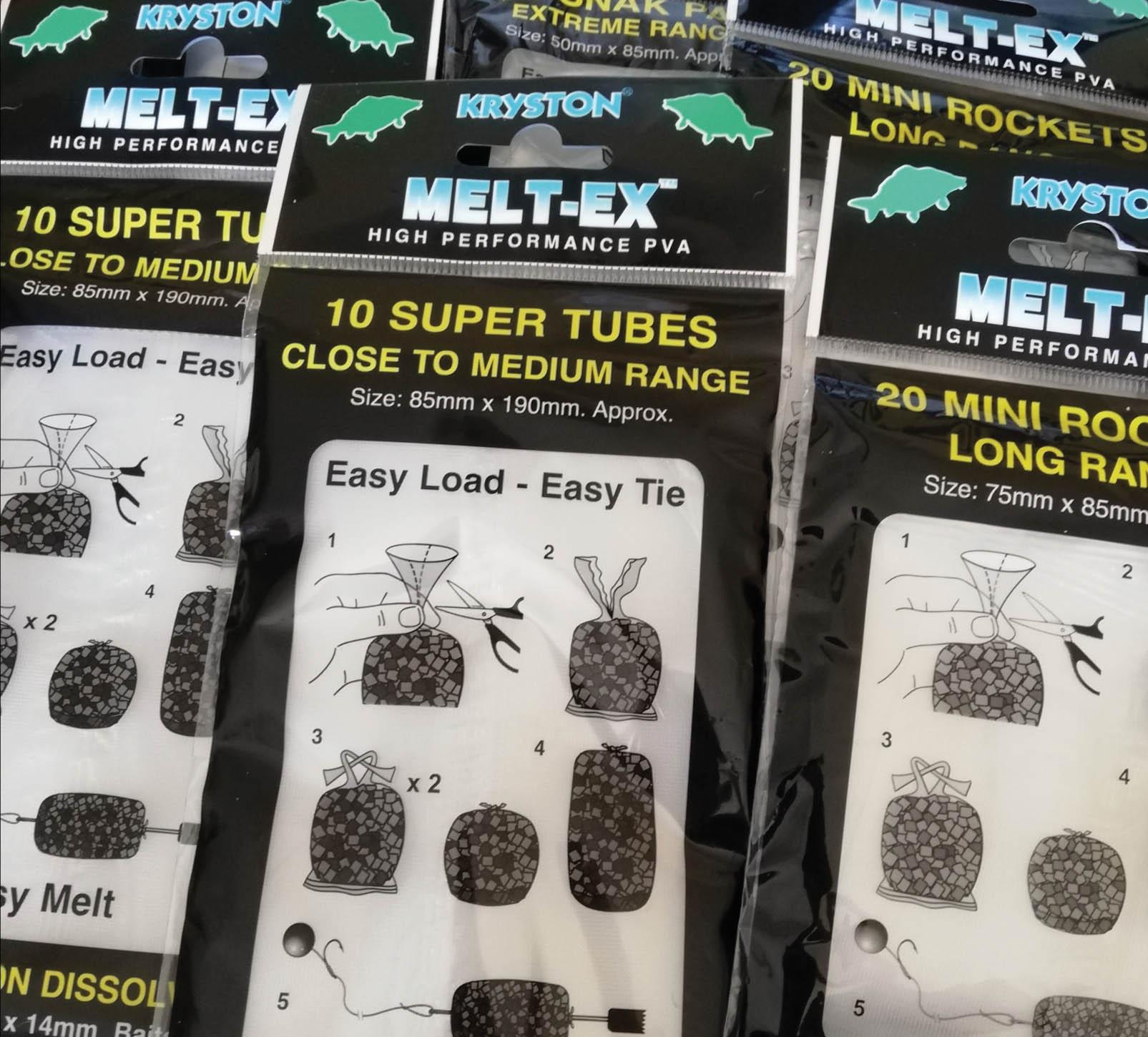Carping Allegedly - Sep 21
This month, Bill Cottam lifts the lid on his rig box. Never a slave to fashions, trends or brands, and always open and honest, he explains what he uses and why
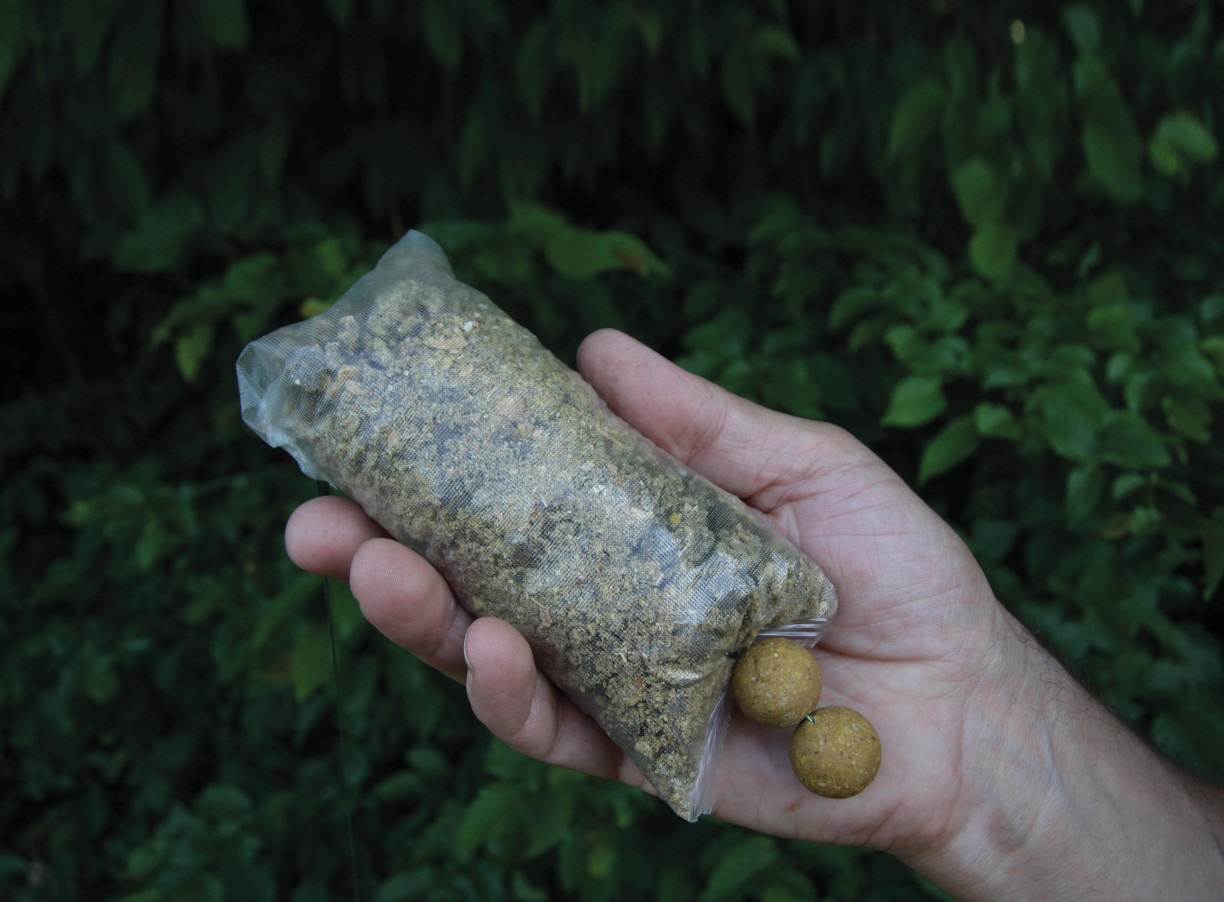
I think it’s fair to say that I have probably built up something of a reputation for myself over the years with regard to the rigs and hookbait presentations I use, but in all honesty, I doubt very much that it is the type of reputation that would have most people bristling with pride. I get endless hours of entertainment from perpetuating the myth that my rigs are incredibly basic and of no use to anybody, of course, but truth be told, although my rigs are not exactly fraught with what I consider to be unnecessary complexity, I do give an enormous amount of thought and consideration to the components I use to construct them, and to getting the mechanics of the presentation right.
Rigs and baits will always be indisputably linked, but I have always been very much of the opinion that a great number of anglers totally miss the point that highly complex hooking arrangements are only really necessary when the carp you are fishing for do not have total confidence within the feeding situation that you have created for them.
Surely, it stands to reason that a fish which is inspecting every individual item of food with suspicion, is far more likely to identify, and consequently reject the bait which has the hook attached, than a carp which is confidently eating everything in its path would ever dream of doing. Although there are some notable exceptions—such as when single hookbait fishing or stalking—that is, in essence, the thought process on which virtually all of my carp fishing is based: get them feeding on a bait that they readily accept as a food source, and you are undoubtedly well on the way to achieving at least a degree of success!
I am not suggesting for a minute that I do not consider rigs to be important, of course, because quite obviously they are a vital piece of the overall carp-catching jigsaw. But unlike many would appear to, I do not spend half of my life worrying about whether the hooking arrangement I have chosen to use is right for the job.
To cut a long story short, although I do have a tendency to fine-tune and tweak things from time to time, generally speaking, I experiment with hookbait presentations very little. I have no need to… I have total belief in the rigs I have been using for the last ten or twelve years! Having said that, I assure you that I would be first in the queue should a new presentation come along that would guarantee me another twenty carp every season, or give me an increased pick-up–to–hooking ratio.
The truth is, though, no one has ever convinced me that such a thing exists for the style of fishing I generally adopt. That’s not to say that my approach converts every pick-up to a hooked carp, of course. In these days of carp that are ridiculously over-fished for, and venues that receive such relentless, non-stop pressure, no rig will ever offer you a success rate like that. Also, in all honestly, I can’t remember the last time I got well and truly stuffed by the angler in the next swim, and was forced to go home thinking that I had been out-caught because my rigs were in some way less effective than, or not as technically advanced as theirs.
Before I move on from the inevitable link between bait application and rig effectiveness, I thought I should perhaps offer my brief thoughts on the aspect I consider of most importance to the carp angler…
As I have mentioned already, both bait and rigs undoubtedly have a huge part to play, but at the end of the day, if the fish you are attempting to catch have no interest whatsoever in eating your bait—or more specifically, your hookbait—the most effective rig in the world isn’t going to make even the slightest bit of difference to your catch-rate. Conversely, I am living proof that average, decidedly uncomplicated rigs still catch a few!
My usual approach, based purely on the fact that I believe it considerably increases my chances of the better fish, is to use only boilies, and for applications of this nature, I have always favoured considerably longer-than-average hooklengths. These are between 12- and 14-inches for supple, braided materials, and slightly shorter when I opt for monofilament or fluorocarbon stiff links. I have flirted with numerous alternatives to both supple and stiff hooklength materials over the years. Invariably, though, I revert back to what I know and trust: Kryston’s 25lb Super Nova braid, and either Rig Marole’s CamH20, or Kryston Incognito fluorocarbon in either 20lb, or more often 25lb, the latter always being used in conjunction with a hinged arrangement at the swivel end. I am a firm believer that supple materials should be as supple and as soft as possible, and that stiff hooklinks should be as stiff as it is practical to use. Those products which fall somewhere in-between the two are, generally speaking, of very little interest to me. My hooklength materials of choice offer exactly what I am looking for, and neither has ever let me down under normal fishing situations.
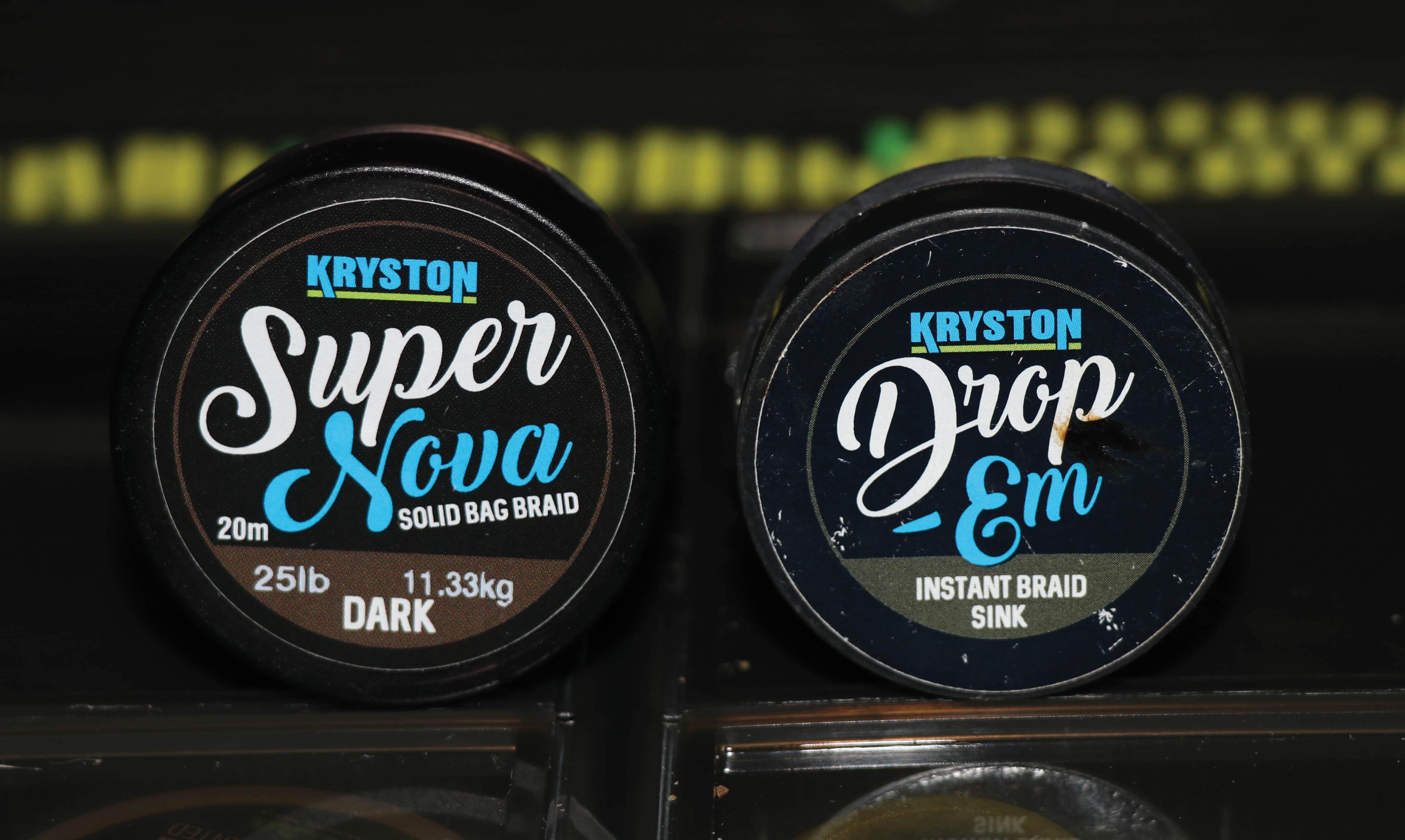
Big-Fish Selective?
I have had absolute faith in hooklengths that are longer than the norm for as long as I can remember, and having been fortunate enough to have seen a number of the world’s biggest carp, both in the water and on the bank over the years, I see no reason to change my thoughts and beliefs on the matter.
At the risk of being accused of stating the obvious, huge carp are proportionately much bigger in every way than their smaller brethren. Consequently, it surely stands to reason that some aspects of a rig need to be scaled up accordingly, if you are going to put yourself in with the best possible chance of catching them.
My thought process does not extend to hooks, however. I have always considered that, within reason, the smallest hook you can reasonably get away with can be a distinct advantage when fishing for pressured fish of any species. Assuming, then, that the hook you choose is strong enough to land the size of fish you are fishing for, I see no possible benefit in going any bigger.
Virtually all my fishing these days is done with a size 6 hook of some description—irrespective of whether I am using a single- or a double-hookbait presentation. Although some people have, on occasion, expressed surprise that I rarely go any bigger, given that I stick with good, strong, reliable patterns, I have never found that to be necessary.
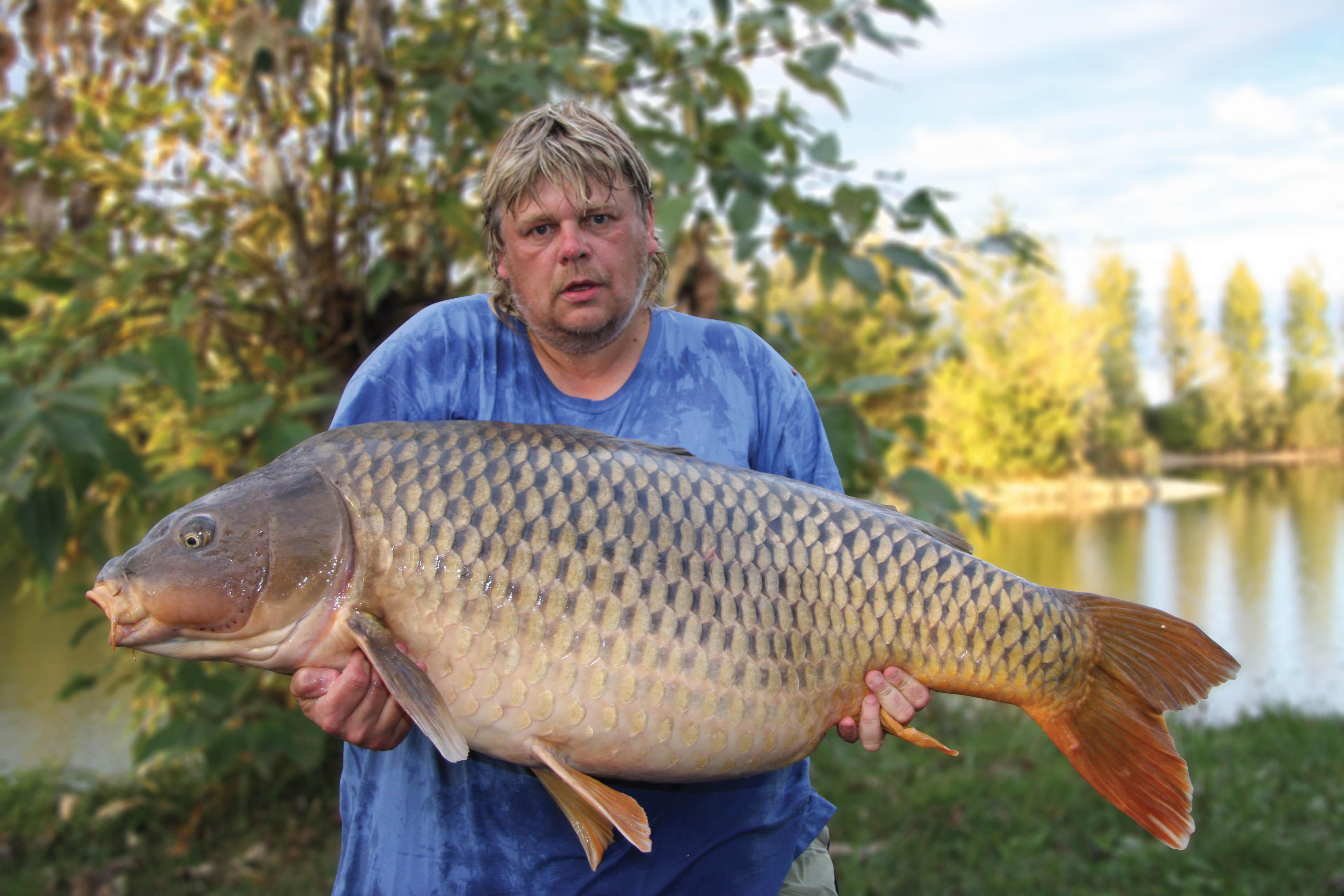
Hook Patterns
My choice of hook, I suspect, is yet another aspect of my rig make-up that would be deemed by some to be a little on the conservative side. The fact is, though, that I like a hook with a short- or medium-length slightly curved shank, a generous gape, a sticky sharp point… and a barb! Mirror Pool, where I spent quite a bit of time, has a very strict barbless-hook rule, and I have to tell you, every time I hooked a good fish on that particular lake, I worried about it dropping off much more than I ever do on any other venue.
At this point, I should perhaps add that I have never been of the opinion that barbless hooks cause less mouth damage than barbed hooks. In fact, if I am perfectly honest, I often think the opposite is true. But rules, as they say, are rules, so when I fished Mirror Pool, I reluctantly went barbless!
For many a year, the only hook I ever used was the Ashima Super Heavy Carp (SHC). Although, on occasion, I still use this particular pattern, I also have great faith in, and have enjoyed very good results with Fox Arma Point SSCs, Gardener Muggas, and more recently the Nash Fang X—I rate the Fang X very highly indeed!
For my Super Nova hooklengths and bottom- or balanced bottom-bait presentations, rig construction at the boilie end really is simplicity itself. Invariably, all I do is tie a Knotless Knot and let the point where I want the Hair to come off dictate how many turns I whip down the shank. Generally speaking, I like the Hair to come off a fraction above opposite the hook point, and so normally use eight, or maybe nine turns. Then, I simply dab the knot with a smear of rig glue, give the full length of hooklink a liberal coating of Kryston Drop ’Em to ensure it is pinned to the bottom, and away I go.
My fluorocarbon hooklengths are slightly different, in that I invariably construct the Hair using Super Nova with a standard whipping knot down the shank. I attach the hooklength with a Five-Turn Blood Knot, shrink-tube the whole lot to neaten it all up, and then steam it under tension over the spout of a kettle to straighten it and remove any kinks.
The knot at the swivel end of my Super Nova hooklink is simply covered with a small tapered sleeve. In addition to it tidying the whole lot up, it also has the added advantage of acting as a boom that kicks the braid away from the lead slightly, whereas the lead end of my stiff rigs incorporate a flexible link of some kind, to ensure that the presentation has absolute freedom of movement.
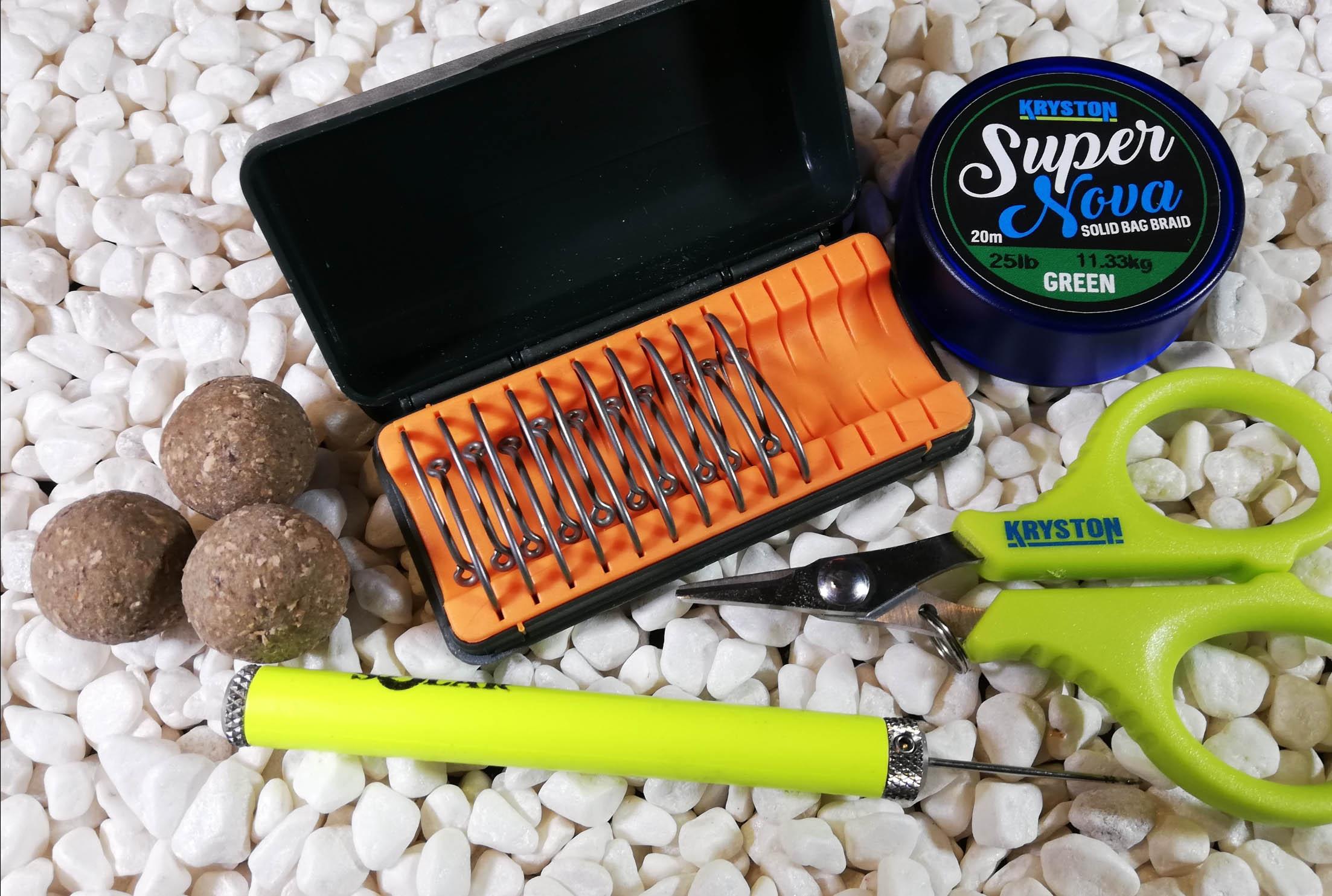
Going Stiff
I can remember as if it were yesterday, first being shown this style of stiff rig by Mike Kavanagh at a Carp Society junior fish-in on C Lake at Waveney Valley Lakes around 1992. It produced an incredible number of takes then, and still does to this day. Its principle, however, is something that I have never really been able to get my head around. The ridiculous stiffness of the hooklength flies in the face of everything I have ever believed about hookbait presentation, but the number of fish it has produced for me over the years means that I don’t particularly care about the fact that I can’t get to grips with why it is so effective.
I have added a few tweaks along the way, the main one being the length of the link. Mike, as I suspect he probably still does, advocated around five-inches to be about right, whereas I prefer about a foot. Also, the early version of the rig I was shown had the hinge at the swivel end produced by a loop created with a Figure-Of-Eight Loop knot. The Figure-Of-Eight is a knot that I do not particularly find favour with, and with that in mind, my stiff rigs include either a flexi ring swivel, or as was the case for many seasons, an old-style Carp ‘R’ Us Gizmo Link.
The success of the rig is undoubtedly all about the combination of the stiffness of the hooklink and the flexibility of movement. In my view, therefore, it’s arguably more important to get the swivel end of the presentation right than it is the hook end. When the stiff rig was first widely used, several anglers whose opinions I value greatly, concluded that it was of little use when fishing over silt. I have to say, though, that I have most definitely not found this to be the case, and I have done well on stiff monofilament and fluorocarbon rigs on a couple of waters that are as silty as anywhere I have ever fished!
Care has to be taken to ensure that the lead system you choose doesn’t plunge too deeply into the silt, and to eliminate the possibility of the stiff hooklength sticking up obtrusively from the lakebed, of course. But assuming that part is taken care of by avoiding an inline set-up in favour of an arrangement incorporating a lead clip and swivel lead, I will happily use the set-up over any type of lakebed.
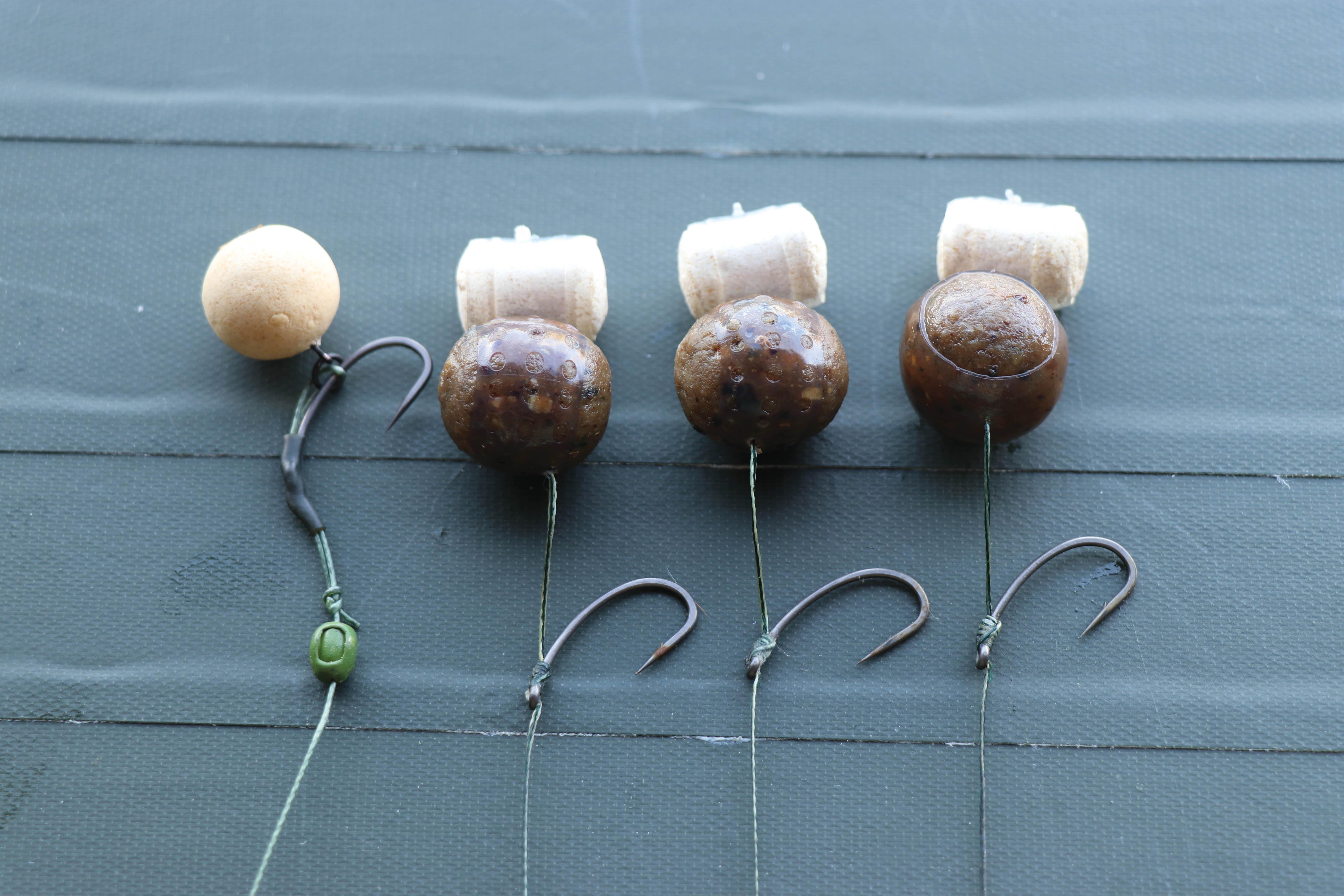
The Heavy Bit and the Last Yard
Leads are another aspect of rig construction that I experiment with very little. For close- to medium-range applications, or if I am boating baits out, I invariably opt for Fox In-Line Flat Pears between 2oz and 5oz. If I have occasion to use a lead clip set-up, more often than not, I put my faith in Korda Square Pear Swivel Leads in comparable sizes. When fishing at longer range and where a more aerodynamic lead is required, generally speaking, I stick with Korda Distance Casting Swivel Leads, used in conjunction with the excellent Hybrid Lead Clips from the same company.
This assortment of leads suits virtually all my requirements, and has covered just about every fishing situation I have ever encountered. The only occasions I seek to use anything different, are when I am fishing really ‘extreme’ venues like Lago Di Bolsena in Italy, for example. There, Mark Backhouse and I needed outlandishly heavy leads that would hold bottom in any conditions we were likely to encounter on the huge water. Eventually, we settled on 8oz Korda Big Grippas, and although before we began fishing I was of the opinion that we had probably gone slightly over the top in terms of lead size, I have to say that they did the job perfectly, and we were able to tighten down with braided main line at extreme range without any fear whatsoever of dragging the rig out of position.
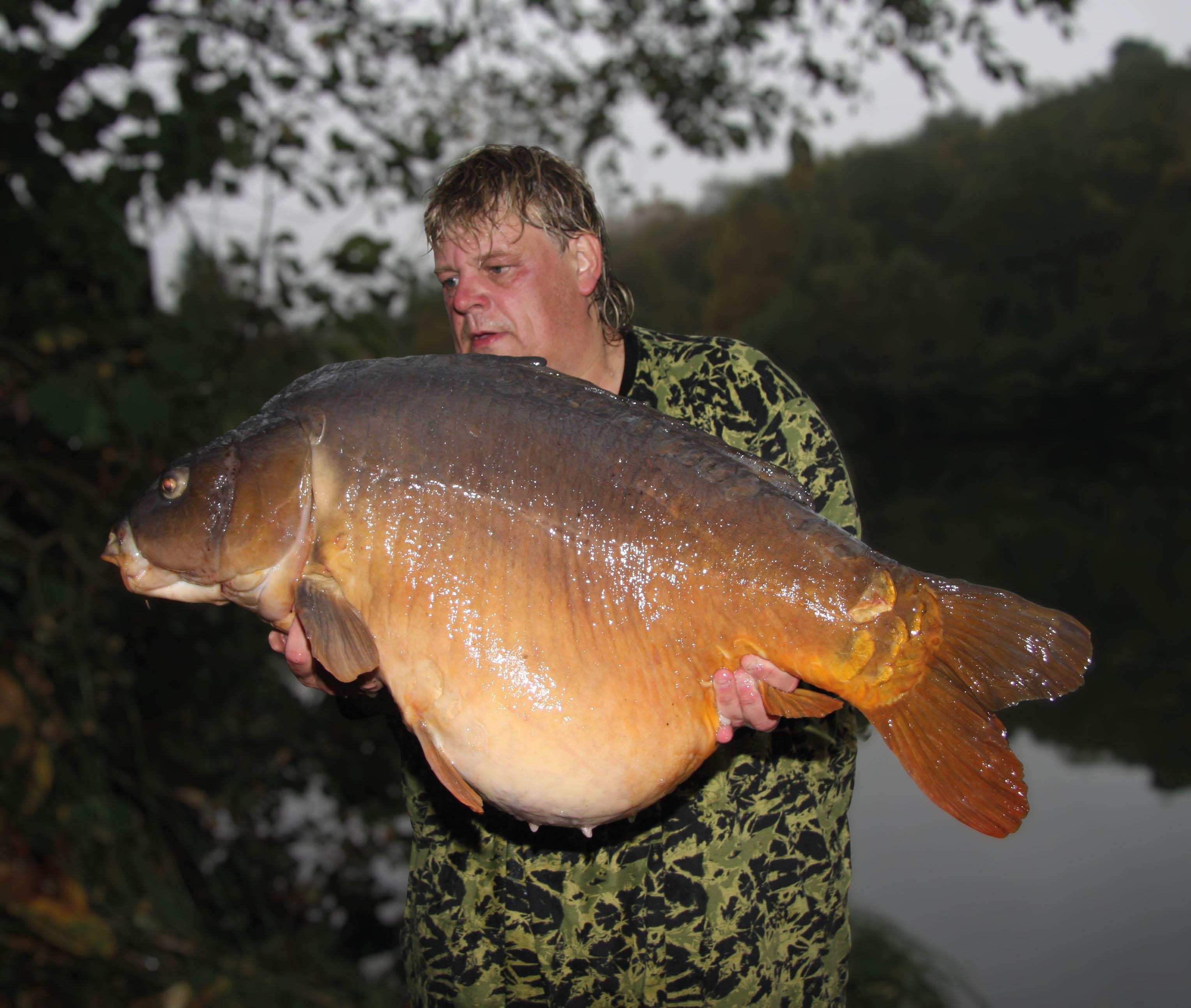
The metre or so behind the lead is one of the most important parts of the presentation, in my view, and Tim Paisley got it so very right in one of his books when he spoke about the last yard, and not just the rig itself, being so vital to the effectiveness of the overall set-up. To concentrate solely on the hooklength and lead system, and to ignore what is going on at the back of the lead, is a huge mistake, and one which will undoubtedly lessen your chances of your rig performing consistently well.
I admit to being absolutely obsessive about having my last yard pinned down and as inconspicuous as possible, and the thought of feeding fish encountering this part of the set-up with it being anything other than hard on the bottom simply fills me with dread! I confess, though, to not particularly being a fan of the various designs of lead and tungsten weights available from the tackle shops that are designed for this very purpose. I find them all rather tedious, and in truth, wholly unnecessary. My preference has always been for a decent length of weighted tubing of some description.
Many moons ago, I had a friendly electrician who used to supply me with coils of black tubing which had copper wire running through its core. It was a case of warming it up in hot water, and then stripping the copper out of the centre with a pair of pliers. As effective as it was, thankfully, the ingenious minds who are responsible for developing the various bits and pieces of tackle we all use these days, have now saved me the job of messing around. Several companies manufacture sinking anti-tangle tubing, but of all those I have come across, the one that best suits needs, comes under the Rig Marole banner, and goes by the name of Freefall. I suspect the particular version of Freefall Tubing I use may not be to everybody’s liking, due to the fact that its inherent weight undoubtedly knocks a few yards of your cast. So convinced am I of its suitability, however, I use it each and every time the fishing situation I find myself in allows it.
Rig Marole produce Freefall in a couple of different thicknesses, a range of colours, and in a variety of lengths. I have always favoured the thicker of the two options in one-metre lengths. Its incredible weight is created by the fact that the plastic outer has a stainless steel inner running along its full length, meaning that not only does it help massively in terms of avoiding tangles, but it also guarantees that the last yard always lies flat on the lakebed. In fact, on anything but the hardest of bottoms, given that it falls flat so quickly, very often means that it actually partially buries itself in the silt.
I prefer the thicker of the two versions, not only because it is heavier, but because I think larger diameter tubing actually offers distinct advantages over thinner versions of the same product. I say that because having spent many hours over the years watching fish in the water at close quarters, I have never seen them spook, or become nervous around a twig or substantial piece of debris that might be lying around. I have, on numerous occasions, though, witnessed them becoming agitated around even the finest of lines. I think Rod Hutchinson was absolutely spot on all those years ago when he concluded that, if carp are aware of something in front of them, they will simply swim around it.
Leadcore leaders are something that I use only on very rare occasions these days. I have no issue whatsoever with using them in conjunction with a lead-clip arrangement, but they certainly have no place on the inline lead set-ups that I use so much. I think it is fair to say that my time on Luke Moffatt’s Graviers fishery has probably influenced my thinking regarding leadcore in its various guises. Luke doesn’t allow any rig on his lake that incorporates a knot of any description behind the lead, and although when I first began fishing the water, I didn’t really give the matter too much thought, I have now totally come around to his way of thinking. I wouldn’t go so far as to say that I will never again use a rig that includes a knot behind the lead, but I certainly believe it preferable that it’s avoided, if possible.
I have never been a particular fan of backleading, much preferring to fish slack lines if I have baits under the rod tip, and semi-tight lines for medium- to long-range fishing. With the Freefall tubing pinning down the bit immediately behind the lead, at least I know I have nothing in and around the baited area that is likely to encourage the main line to come up off the bottom—just the opposite is true! My issues with backleading come down to the fact that it strikes me as a pretty pointless exercise unless the lakebed between you and the lead is free of any raised areas. If the line goes up and over anything on the way out, then having your line pinned to the lakebed under the rod tip might give you the impression that everything is hard on the bottom, but in truth, it does little but lull you into a false sense of security.
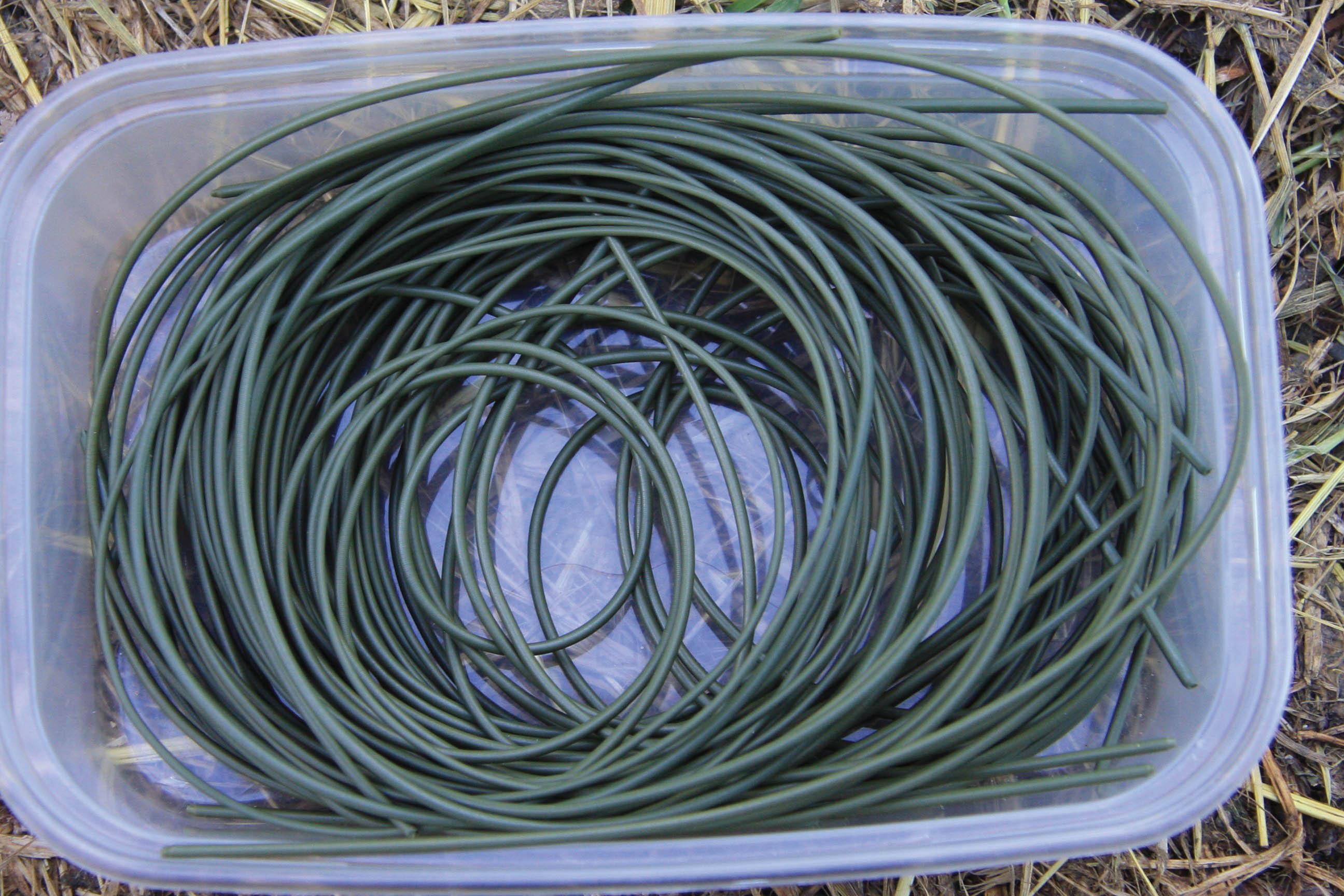
Irrespective of whether I am fishing a bottom-bait rig or a semi-buoyant presentation, generally speaking, I always favour a double hookbait of some description. I have always believed that multiple-bait rigs are much harder for fish to eject, and that ultimately the hook-holds achieved when using them are preferred to those on single hookbaits. If the double presentation also incorporates baits of different sizes and buoyancies, the hooking efficiency of the rig would appear to be increased even further, which is why I have so much faith in Snowman Rigs and use them so much.
Snowmen
The fact that I have used Snowman presentations so much over the last few years has led to me to experiment quite comprehensively in an attempt to find out whether a critically balanced, or faster sinking rig is preferable, and although results do appear to vary a little from water to water and from session to session, generally speaking, I have concluded that the slower you can get the rig to sink, the better. I construct the ‘snowman’ by combining either an 18mm bottom bait and a 16mm pop-up, or a 16mm bottom bait and 12mm pop-up, before simply taking slivers from the buoyant bait with a sharp modelling knife, until the rig just sinks.
In many ways, the critically balanced Snowman Rig has taken the place of the more standard pop-up rig, which for many years represented my number one choice of hookbait presentation. On occasion, I do still use baits an inch or an inch and a half off the bottom, but I have to say that I do have considerably more confidence in bottom-bait rigs these days when it comes to trying to be selective with the bigger fish. When I do opt for a pop-up presentation, I use either an over-shotted Ronnie Rig or a Multi Rig; both have pros and cons, of course, but both have also served me well.
I construct my Ronnie Rigs in pretty standard fashion using a QC Ring Swivel, and a micro ring swivel on the hook, along with a hook bead. I do, though, counterbalance the hookbait in a slightly different fashion to most people. Instead of adding putty, I tend to slide a small section of Korda Dark Matter Anti-Tangle Sleeve over the QC swivel and the eye of the hook.
Once again, my Multi Rigs are pretty straight-forward affairs and are constructed in a similar fashion to those regularly featured in print or online. I do like the Multi Rig, as it is so easy to tie and enables the hook to be changed with such ease, and in common with virtually every pop-up presentation I put out, I have had noticeably more success when using it slightly over-balanced.
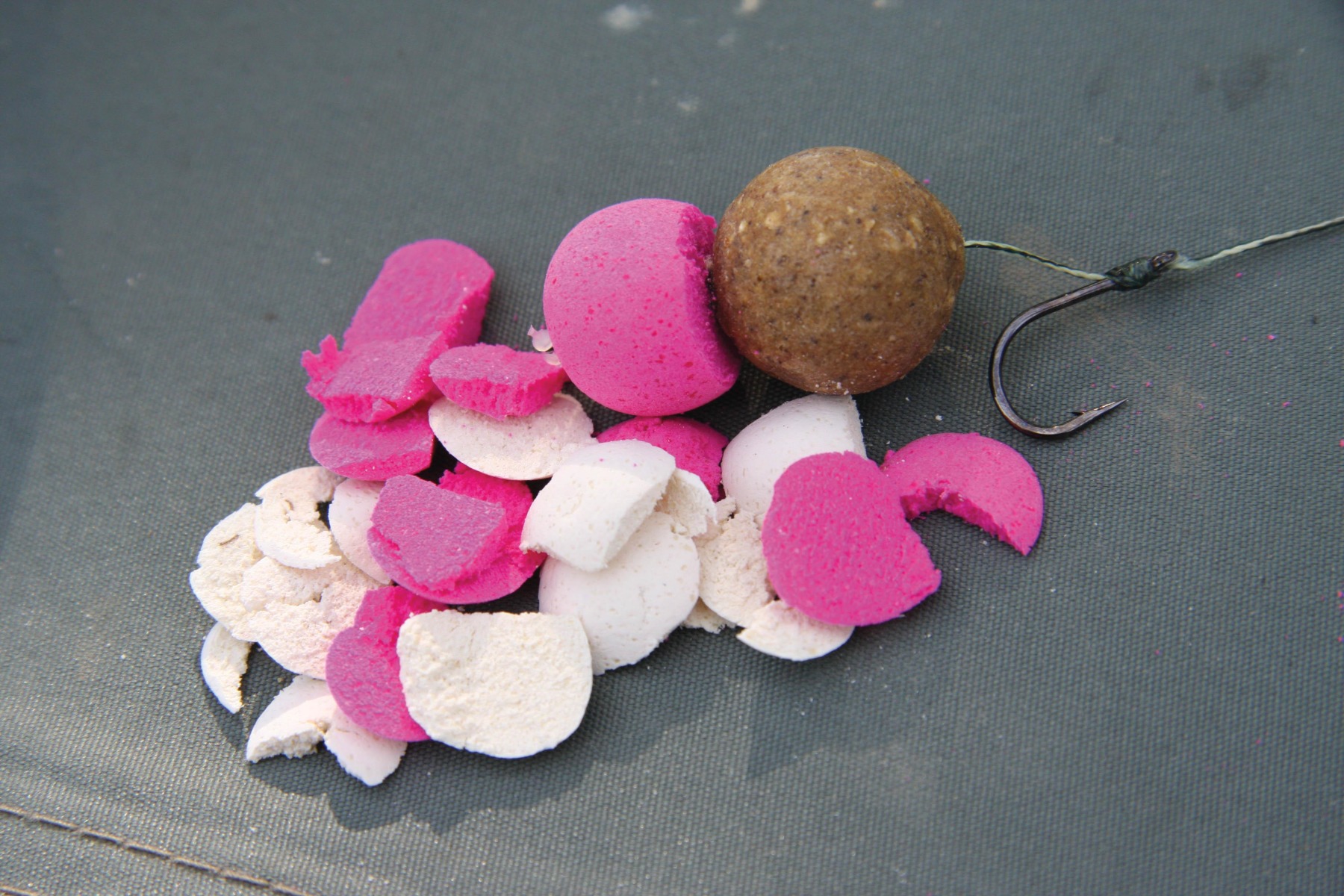
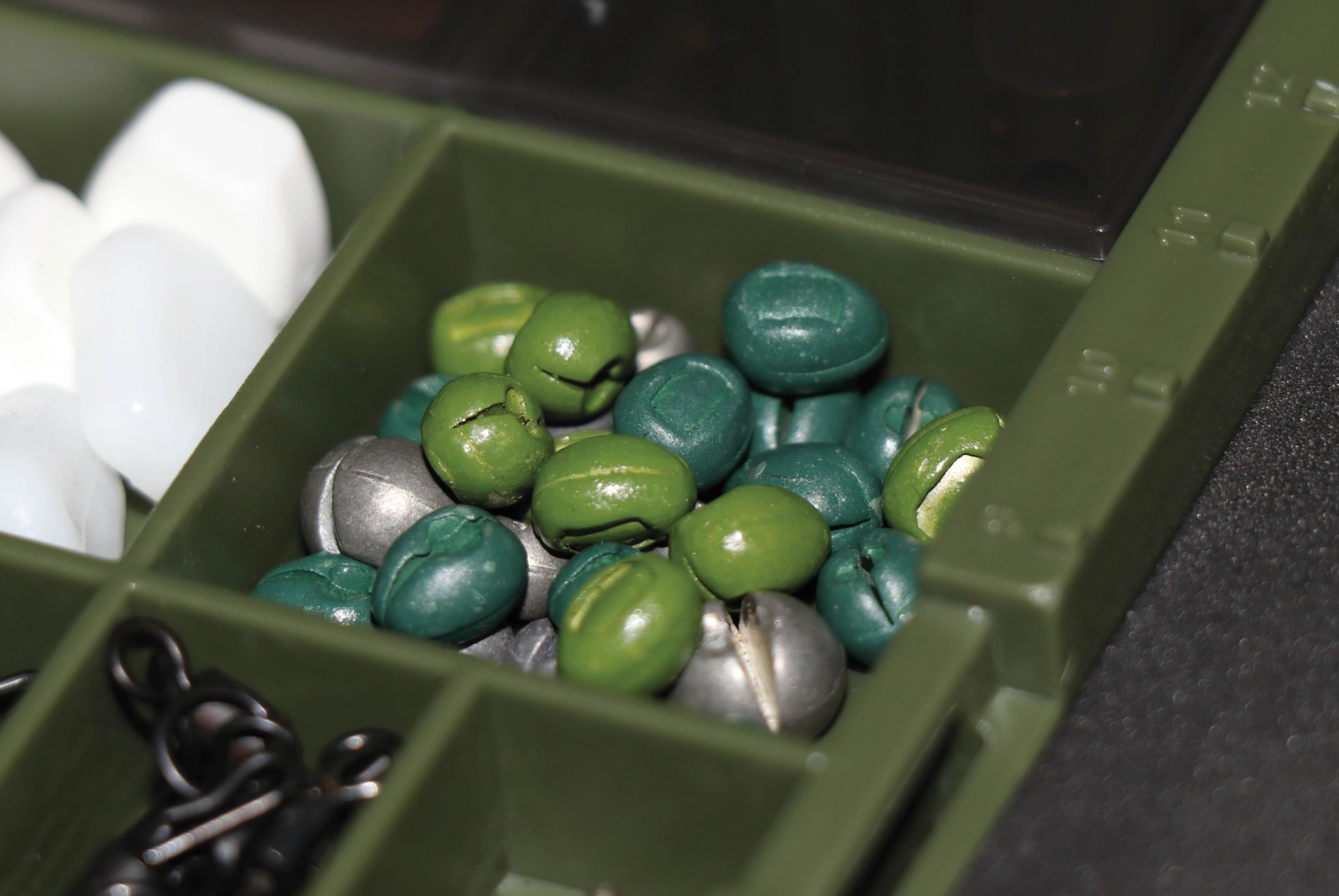
I have always been a great reader of rig articles in the various magazines, and I have to confess that although many of them pass me by and strike me as being little more than something to write about, I have stumbled on a few gems over the years. The rigs I’ve read about and have chosen to use myself have proved effective, Frank Warwick’s Anchor Rig being a perfect case in point. I have always considered Frank to be one of carp angling’s more original thinkers when it comes to rigs and presentation. Consequently, I am an avid reader and listener of anything he writes or has to say on the subject.
I first used the Anchor Rig in conjunction with both bottom-bait rigs and pop-ups on a notoriously tricky water in Northern France, and I have to say that it did appear to increase the number of takes I was able to get considerably. It also gave me mightily impressive hook-holds—some of the best I have ever had, in fact. The Anchor Rig is so called, because it incorporates a small length of stiff mono that sits at right angles to the shank, and that, in conjunction with the hook itself, takes on the appearance of an anchor. I always found the best way to construct the rig was to use a standard line-aligner presentation, and to thread a longer-than-required bristle of thick mono through a small hole in the shrink tube (made with a fine baiting needle), adjacent to the eye, prior to steaming. The bristle can then be trimmed to the desired length, once the tubing has cooled.
Although I have caught reasonably well on the Anchor Rig with soft braided hooklinks, it was noticeable that my best results came when using stiff mono or fluorocarbon presentations used in combination with either pop-ups or critically balanced bottom baits. I honestly believe that the Anchor Rig has enormous potential, and that, generally speaking, it is massively underused. To my way of thinking, it is an ideal add-on to a number of rigs that are used regularly on virtually all pressured venues, and that it is capable of breathing new life into rigs that would appear to be losing their effectiveness. I have read, however, that some consider the presentation to be prone to causing mouth damage. I have to say, that even though I have kept a very keen eye out for such unacceptable side effects, I have seen no evidence whatsoever of this myself, nor do I particularly believe it to be the case.
If I find myself casting long distances, I invariably switch to a helicopter arrangement, and in these situations, I opt for a metre-long sinking leader with a Korda Heli-Safe Lead Release System on the end. I can only imagine how much work must have gone into the development of the Heli-Safe, and can assure you that the end result is an enormously impressive bit of kit. To ensure the rig is safe, and that everything is got rid of in the event of a breakage or crack-off, the set-up incorporates a 5mm Tungsten Leadcore Safety Top Bead courtesy of Thinking Anglers.
Even with a helicopter set-up, casting distances with soft, supple hooklengths, has always been a tricky affair, but a generous coating of Kryston No Tangle Gel invariably does the trick, and eliminates the risk of the rig tangling in flight.
PVA
I would never claim to be an authority on fishing PVA bags—or any other form of fishing for that matter! Although there are occasions when I will launch a couple out, rigs for such applications are always based around my favourite Super Nova hooklength material—albeit that they are considerably shorter in length than I would normally have them—along with a critically balanced offering of some type. I love the thought of the hookbait being able to waft about as the fish begin to investigate the contents of the dissolved bag. Much to many of my friends’ amusement, I always use the biggest bag I am capable of casting out to the required spot. Bags the size of a two pence piece have no part in my approach… I just fail to see the point!
